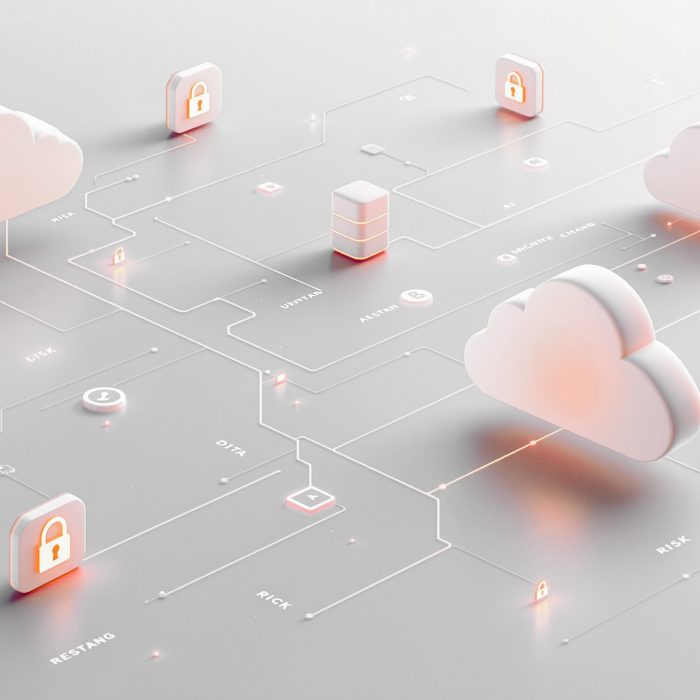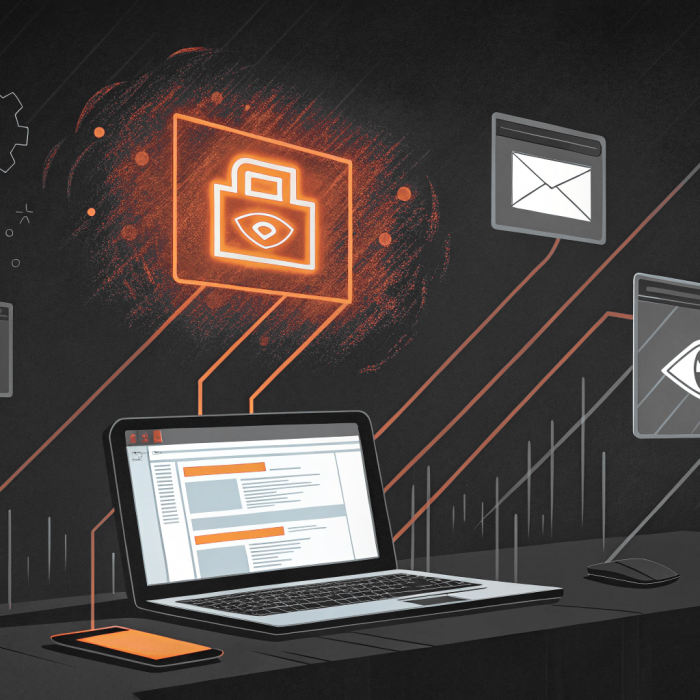When most people think about cybersecurity threats, they picture shadowy hackers halfway across the world trying to break into networks. But some of your most dangerous threats might already be inside your organization.
Insider threats represent one of the most challenging aspects of cybersecurity because they bypass your perimeter defenses entirely. These threats come from people who already have legitimate access to your systems, data, and facilities. They know your weaknesses, understand your processes, and can often move around undetected for months or even years.
The threat is real and growing. Carnegie Mellon University’s CERT division has been tracking insider incidents since 2001, building a database of over 3,000 cases where insiders were found guilty in U.S. courts. Their research shows that the average insider risk incident costs organizations more than $600,000, and these incidents often go undetected for months before organizations realize what’s happening.
Who Are These Insider Threats?
Insider threats aren’t just about disgruntled employees going rogue (though that certainly happens). The reality is much more complex. Most insider incidents fall into several distinct categories, each with different motivations and risk levels.
Malicious Insiders
These are employees, contractors, or business partners who intentionally misuse their access to harm the organization. Their motivations vary widely: financial gain, revenge after being passed over for promotion, ideology, or coercion by external parties. Malicious insiders are particularly dangerous because they understand your security measures and know how to work around them.
Negligent Insiders
Far more common than malicious actors, negligent insiders cause security incidents through carelessness or ignorance. This includes employees who fall for social engineering attacks, share passwords with colleagues, use unsecured personal devices for work, or accidentally email confidential information to external parties. While not intentionally harmful, the damage can be just as severe.
Compromised Insiders
These are legitimate users whose accounts have been taken over by external attackers. The attackers use social engineering, credential stuffing, or malware to gain access to user accounts, then operate from within using legitimate credentials. This makes their activities much harder to detect since they appear to be coming from trusted users.
Third-Party Insiders
Vendors, contractors, consultants, and business partners who have access to your systems can also pose insider threats. Organizations often have less visibility and control over third-party users, making them attractive targets for attackers or sources of accidental data exposure.

When IT Admins Go Rogue
Any employee can pose an insider threat, but system administrators and IT staff represent the highest risk category when they turn malicious. This obviously isn’t meant to cast suspicion on hardworking IT professionals, but rather to acknowledge the reality of privileged access.
IT admins can access virtually any system, modify security controls, delete audit logs, and create backdoors that might never be discovered. When a regular employee goes rogue, they’re limited to the data and systems they normally access. When an IT admin does it, they can potentially access everything.
The damage potential is exponential. A malicious system administrator can:
- Disable security monitoring and logging systems
- Create hidden user accounts for persistent access
- Steal massive amounts of data without triggering alerts
- Plant malware or ransomware with administrative privileges
- Delete or modify critical system files and databases
- Access backup systems and disaster recovery resources
Insider Threats Turn Into Headlines
The most damaging insider threat incidents often share common patterns: trusted employees with legitimate access who know exactly where the valuable data lives and how to get to it without triggering alarms.
Cisco WebEx Attack
In 2018, Sudhish Kasaba Ramesh, a former Cisco engineer, accessed the company’s cloud infrastructure months after resigning. Using his personal Google Cloud account, he deployed malicious code that deleted 456 virtual machines supporting Cisco’s WebEx Teams application. The attack shut down 16,000 WebEx accounts for two weeks, costing Cisco $1.4 million in remediation costs and another $1 million in customer refunds. Ramesh was sentenced to two years in prison in 2021.
Capital One Breach
In 2019, Paige Thompson, a former Amazon Web Services employee, exploited her knowledge of cloud infrastructure to access Capital One’s database hosted on AWS. She stole personal information from over 100 million credit card applications, including Social Security numbers and bank account information. Thompson even bragged about the breach on social media, demonstrating how insider knowledge combined with legitimate access credentials can bypass traditional security measures.
Tesla Data Theft
Two former Tesla employees allegedly stole proprietary data including production secrets and personal information for over 75,000 current and former employees. The case highlights how departing employees can pose ongoing risks even after they’ve left the organization, using their knowledge of where sensitive data is stored and how to access it.
These incidents share troubling similarities: they involved people who understood their target organization’s security measures, had legitimate reasons to access sensitive systems, and knew exactly what data would be most valuable or damaging to steal. Most importantly, they operated for extended periods before anyone noticed something was wrong.

How to Actually Prevent Insider Threats
The traditional approach to insider threats focuses on detection after something bad has already happened. But what if you could prevent most insider damage from occurring in the first place?
The root cause of many insider threat incidents is excessive privilege. When users have permanent administrative rights, they can access far more than they need for their daily work. This creates opportunities for both malicious insiders and external attackers who compromise user accounts.
Admin By Request EPM prevents insider damage by removing permanent admin rights and replacing them with controlled, temporary elevation. When users need administrative privileges, they request them for specific tasks. Every elevation is logged, creating accountability that discourages misuse while still allowing legitimate work to get done.
This approach stops insider threats before they can cause serious damage. A disgruntled employee can’t delete critical files if they don’t have the admin rights to do so. A compromised user account becomes much less valuable to external attackers when it doesn’t come with permanent elevated privileges.
Our Secure Remote Access solution extends this protection to remote connections. Rather than having always-on VPN access or permanent remote desktop permissions, users must request specific access that gets granted temporarily and then automatically terminated. This eliminates the persistent connection points that make remote insider threats so dangerous.
Rather than just monitoring privileged access after the fact, the focus should be on controlling who gets that access in the first place and for how long.
People Make Security Work (or Fail)
Insider threats are fundamentally human problems that require human solutions. Organizations that invest in employee well-being and create positive work environments are generally less susceptible to malicious insider actions.
However, good culture alone isn’t enough. You need technical controls that support human-centered security rather than creating surveillance states. This means implementing solutions that remove excessive privileges while still allowing people to do their jobs effectively.
Want to see how Admin By Request can help reduce your insider threat risk? Book a demo or download our Lifetime Free Plan to learn how just-in-time privilege elevation creates accountability while maintaining productivity.







